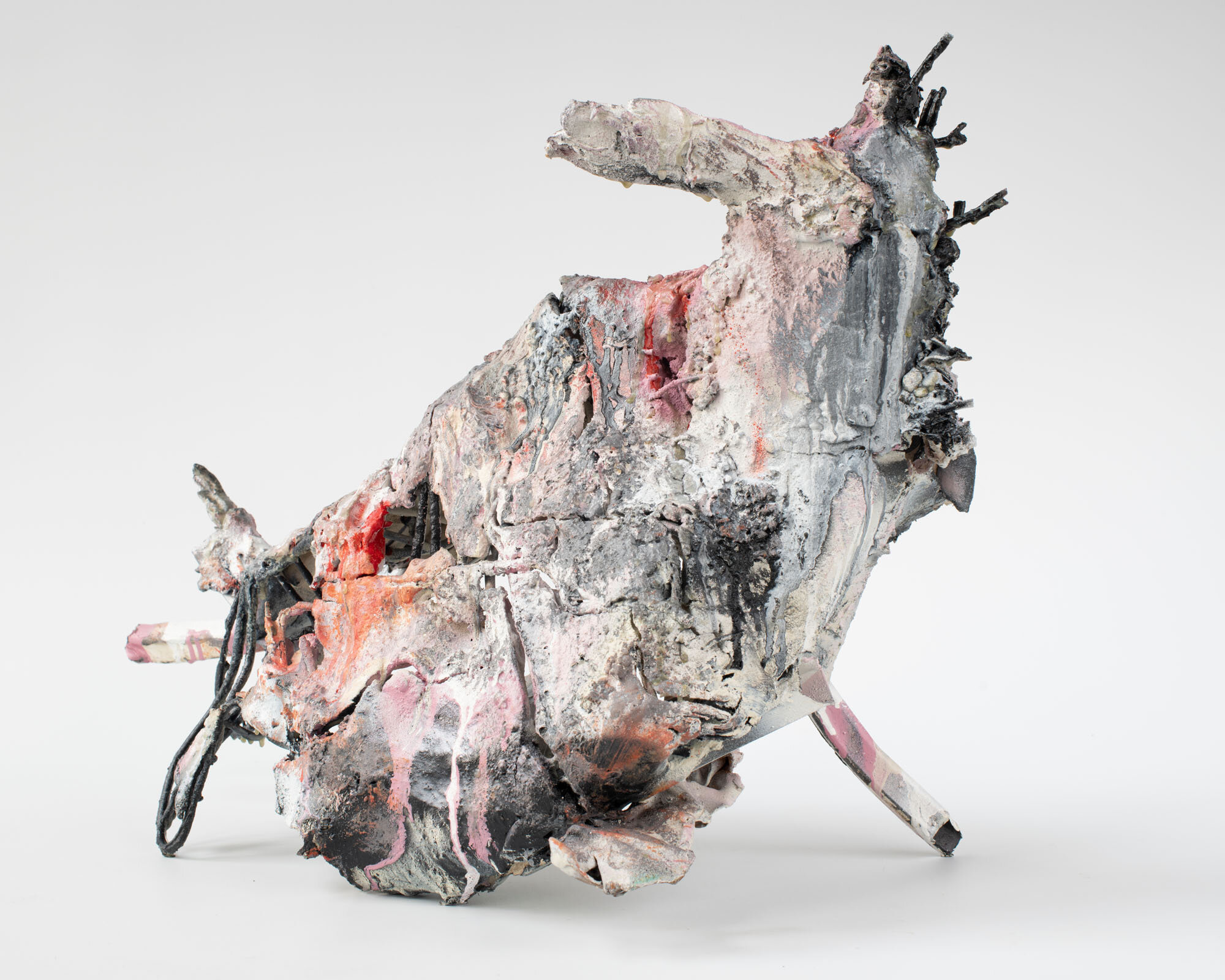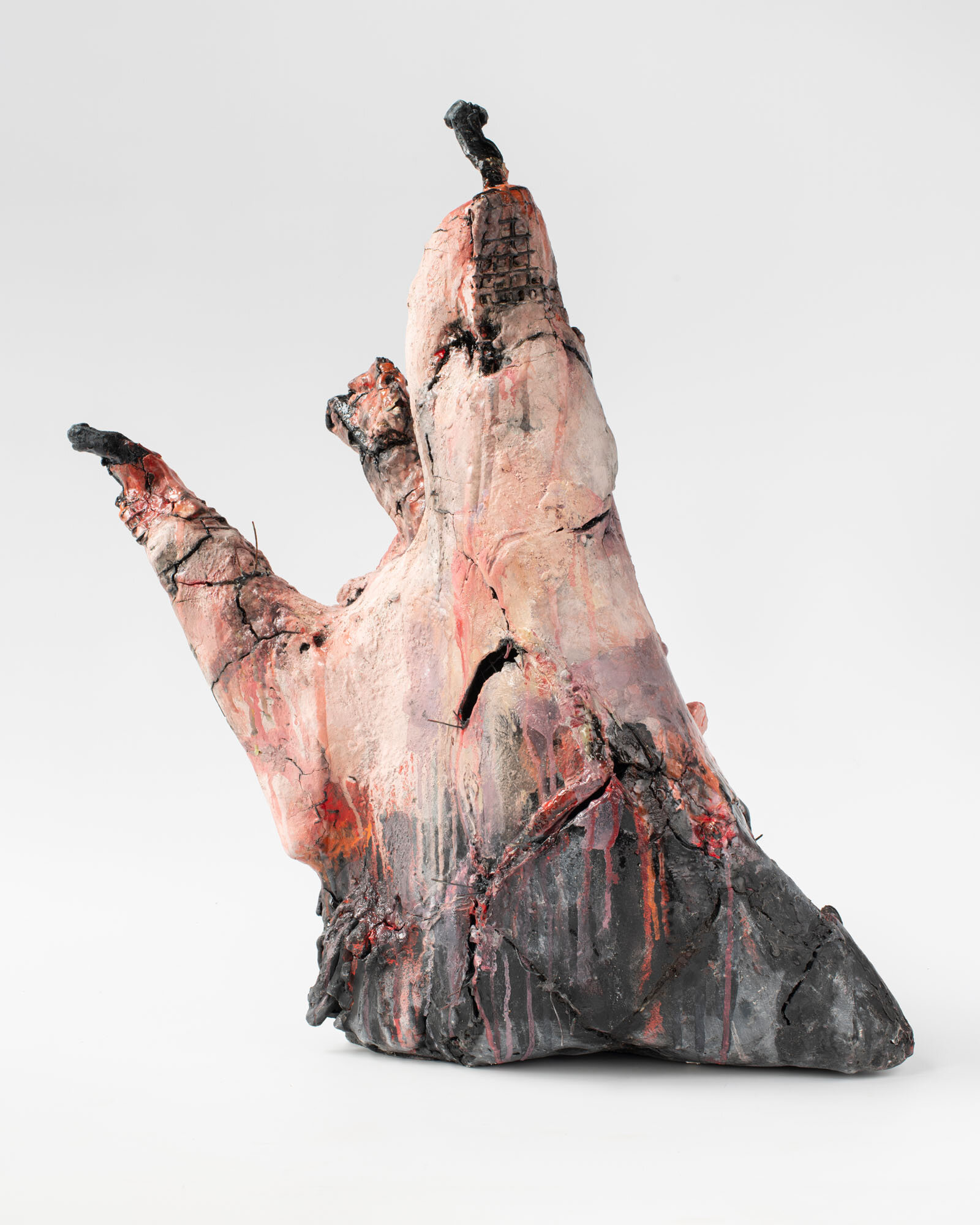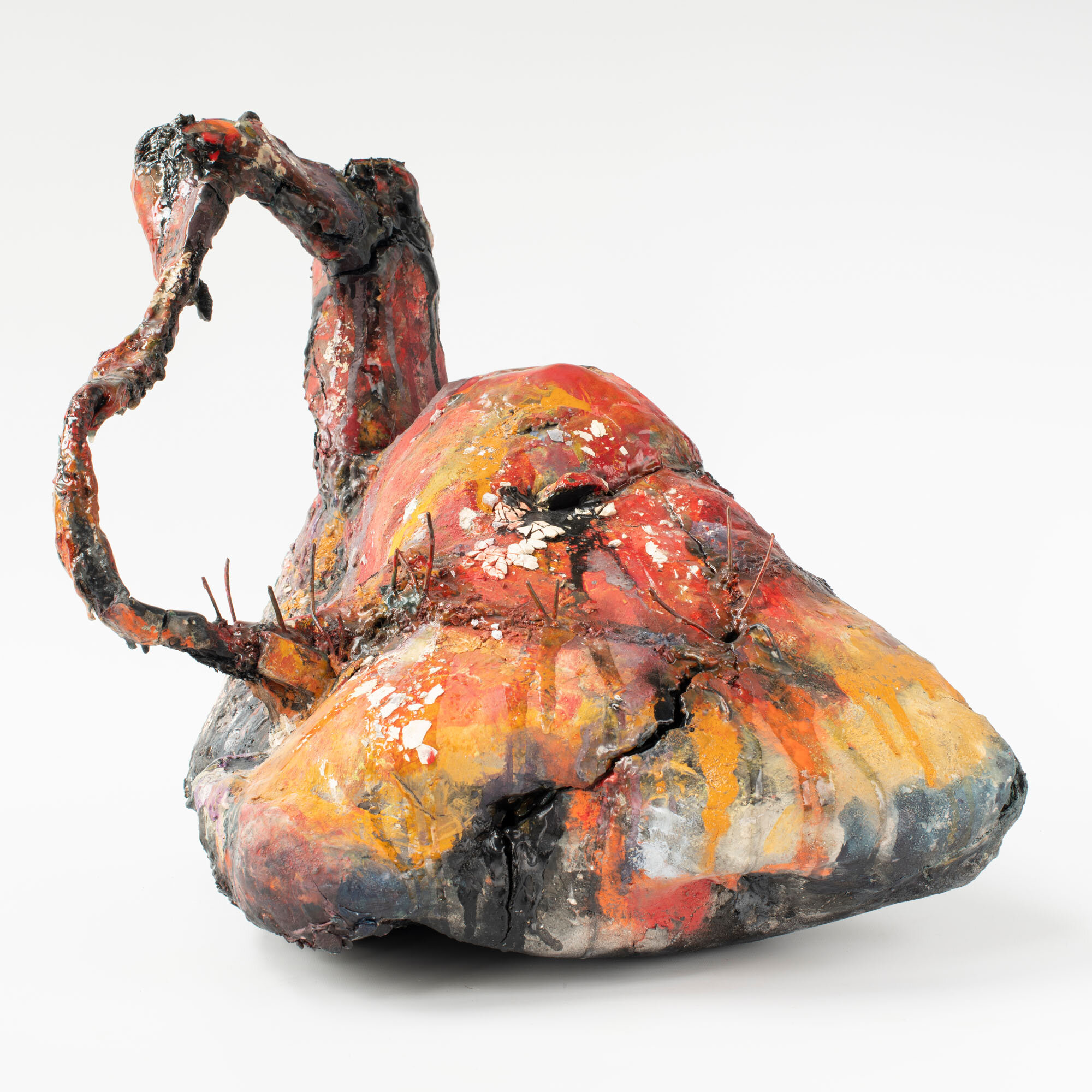Grace





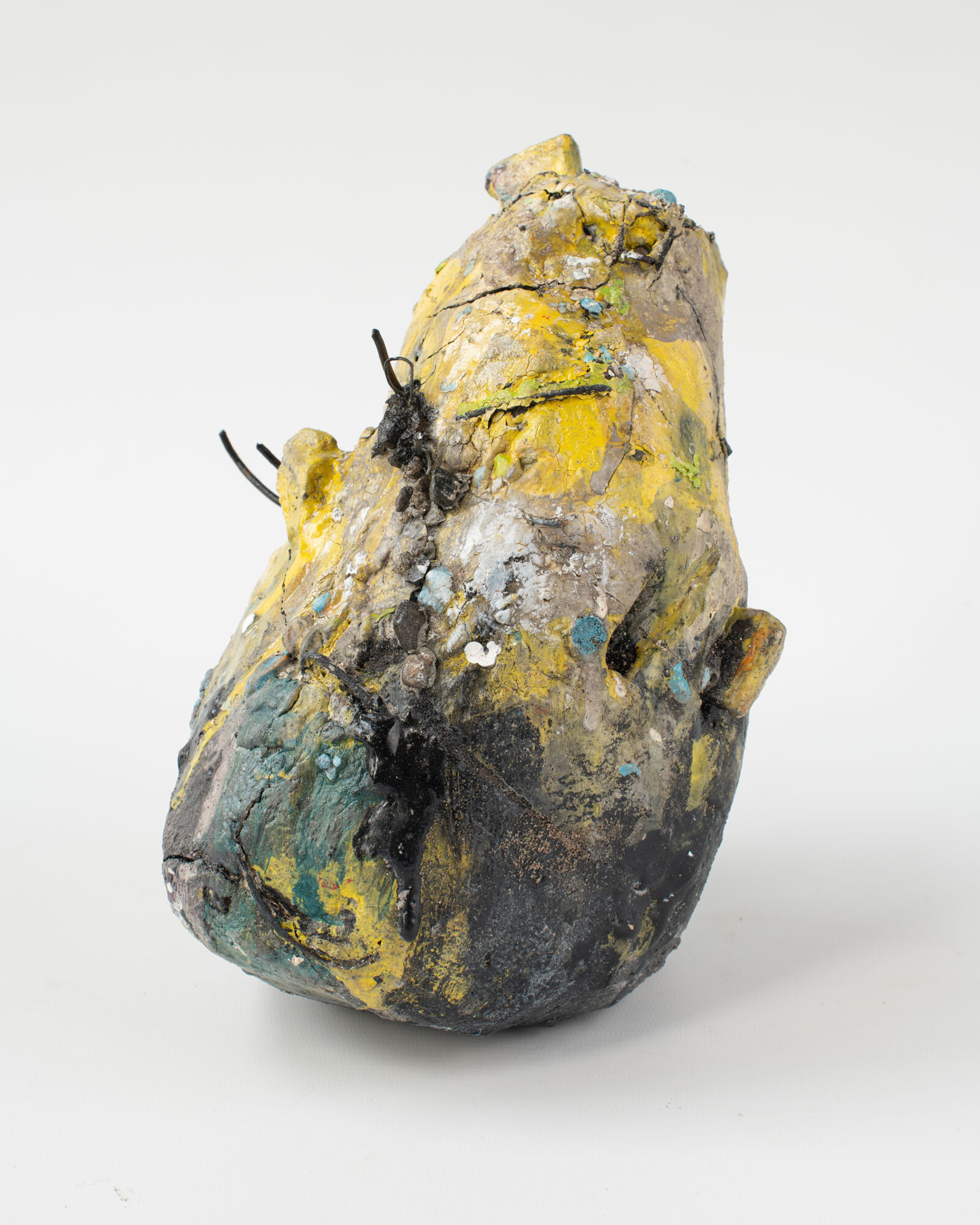
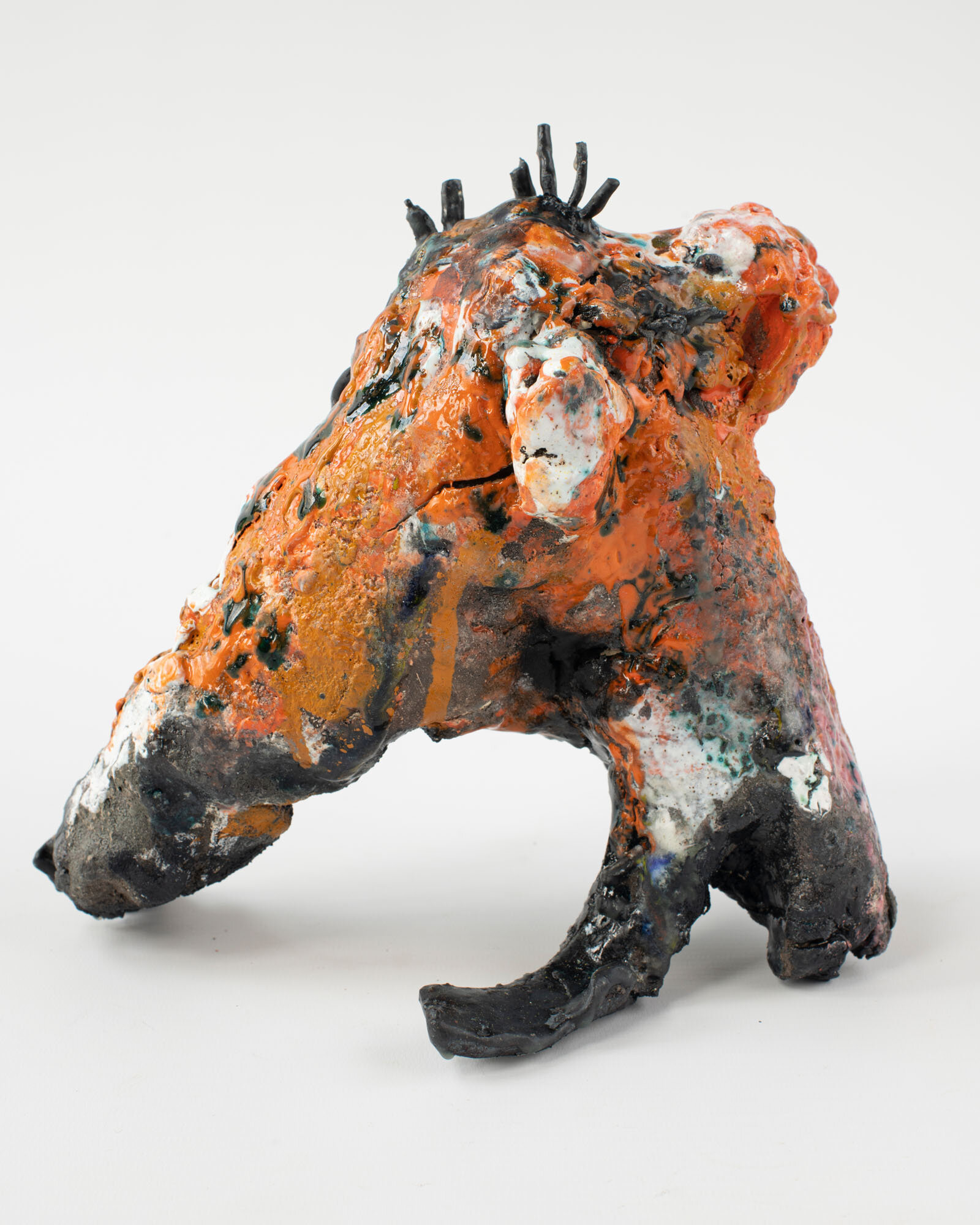


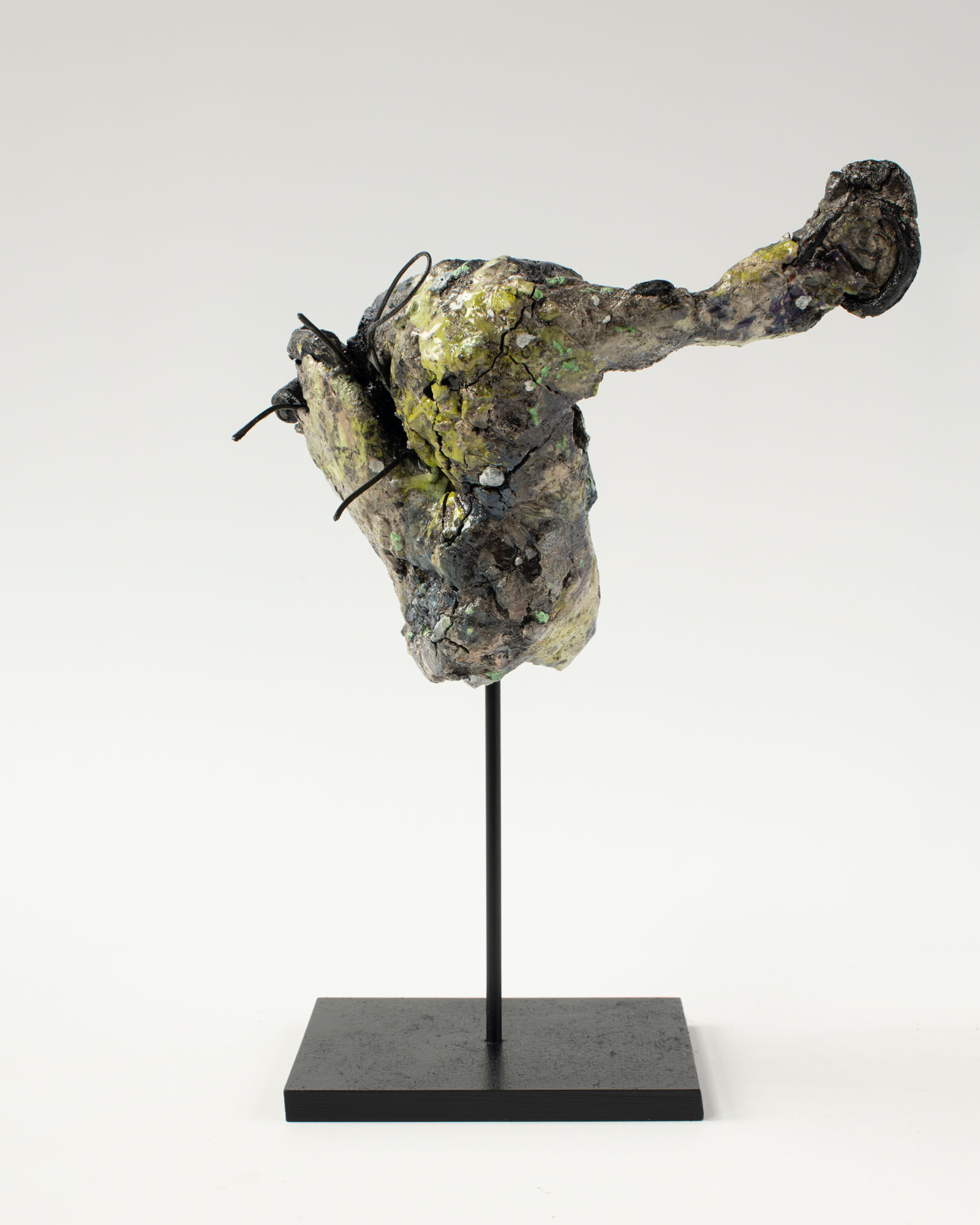



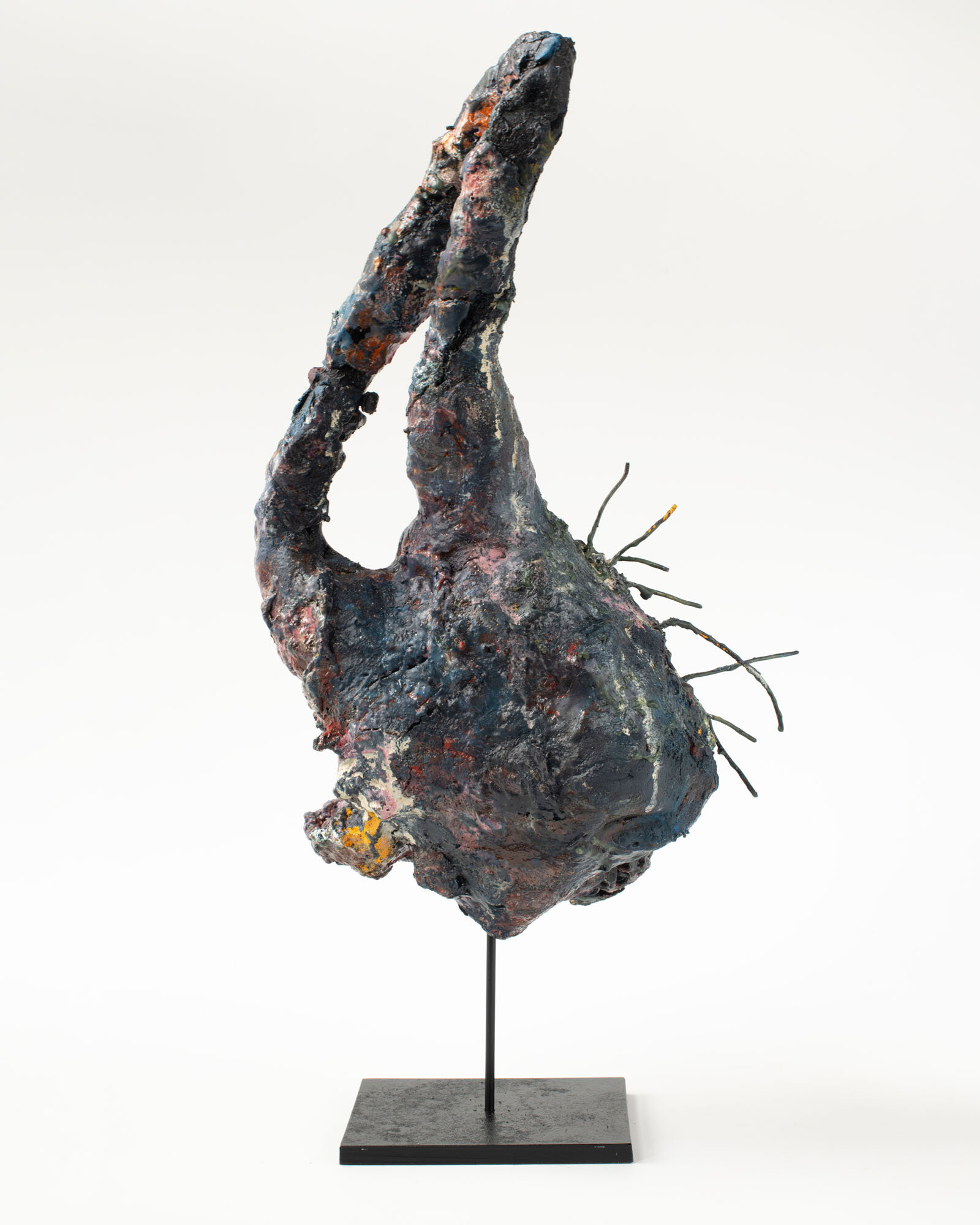







Image credits; David Fulford
More recently my sculpture has echoed autobiographical events. As a direct result the work has taken a new visual and aesthetic direction. Three years ago immediately following the birth of my first child I was critically ill with sepsis then diagnosed with cancer.
This experience changed everything. I was confronted with life and death instantaneously and life was never to be the same.
I feel compelled to analyse this uniquely terrifying, mysterious yet scientific experience in my work and practise.
In an interview about the complex relationship between art, life and death, Damien Hirst talks to John Gray about understanding death as a living person;
‘JG One of your most powerful works is about the impossibility of conceiving death ‘The Physical Impossibility of Death in the Mind of Someone Living’. Or talking about it, anyway.
DH It’s like being given only white and trying to comprehend black. It’s close to impossible.’
I guess ‘Grace’ is my attempt at comprehending black whilst working with white.
I believe that art & science are closely related & are human attempts to understand and describe the world around us. I think one of the most primitive innate needs of humans is to understand the world around us, and then share that understanding. Art and science can enable each other to deepen their respective expressions of reality.
I have been fascinated in the complex science and research behind the medical treatment during this period and in my research have developed a making technique that visually illustrates my understanding.
Formally, the vessels are constructed using slabs of clay draped over an internal steel structure, pieced and stitched together. As the clay shrinks onto the metal frame it begins to wrap, chip & crack reminiscent of ‘concrete cancer’ a term used in the building industry. As the steel reinforcement start to rust, it expands causing cracking and displacement of the surrounding concrete, accelerating the process of disrepair. There are many examples of large scale concrete boulders with exposed metal rebar in abandoned structures, demolition sites and disaster zones. I relish the challenge & exploration of this idea and process in clay as it breaks many of the traditional rules of ceramics. The metal substrates and mesh are used to intentionally encourage the clay to crack. The work is then fired in the kiln and is coloured using underglaze, glaze and other materials if appropriate.
Both the form and & surface of these ‘architectural/human rubble’ structures represent my abstract expressionist interpretation of human, physical & material trauma.
In this excerpt from an interview with sculptor, Phyllida Barlow explains topics that she explores in her art, ideas and concepts that equally resonate in ‘Grace’.
What topics does your art explore?
P.B. : The process of destruction of things, then their re-birth – this continuous cycle. Not just in nature, but more because of presence of man. Destruction of houses, tragedies of war, ruination and then transformation into something different. The big idea of the lack of statics. Change through unpredictable natural disasters, earthquakes and tsunamis: even though it is a great tragedy it is still an amazing spectacle. The aesthetics of destruction and deterioration, but with potential for rebirth.


